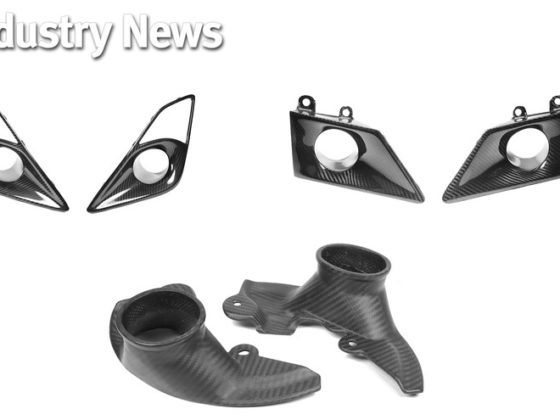
Below the steering column is a knob that adjusts all 3 pedals forward and aft. With a wide range of adjustment, there is plenty of leg room to find a comfortable driving position.
Once in the car, the door closes to encapsulate you in a tight, almost claustrophobic cockpit that has a surprising amount of head room thanks to its “double-bubble” roof. While there is a lot of vertical head room, which is substantially more than an Esprit, F355, or NSX, the roof wraps so tightly around to the side glass that you can rest your temple on the side of the roof if you tilt your head.
There’s a lever on the left side of the steering column that adjusts the tilt of the wheel and a knob on the lower knee panel adjusts the pedals forward and aft. You can move the seat forward and back, recline the seat via a small tab on the front of the seat, or adjust the lumbar support from a squeeze pump located in front of the seat. There’s so much adjustment in the pedals and seat that I find my 6 foot tall, long torso frame having to adjust the pedals closer to me and there’s plenty of room behind the seat to accommodate even taller drivers. I guess that’s why the 6’7” 295-pound Hulk Hogan didn’t have a problem fitting in one of these cars.
While I was surprised to find such a good seating position, which is not common for most cars over 15 years old, the left side of the car, mainly the door and glass, feel like its encroaching on your personal space. The inner door panel is cut out perfectly to give your arm unobstructed room to operate the steering wheel but not an inch more. Following the logic that a driver’s car should not have cup holders, the Viper takes that a step further and does not give you any more room than what is necessary to drive the car. It does not restrict driving, but it does not allow for anything more.

With only a scant 3.25 inches between the steering wheel and the A-pillar to fit your hand, there is no additional room for the luxury of eating, checking your phone, or aerobics. The cockpit is very driver-focused.
One of the most common complaints is the Viper’s lack of a dead pedal and the pedals being shifted to the left. In order to fit the entire 8.0L engine and large transmission behind the front wheel centerline in a front-midship layout while maintaining a short 96.2” wheelbase, the Vipers foot wells are fairly small. While many reviews find these issues to be distracting, I was never bothered by the inconvenience of not having a dead pedal because on long highway drives, I found myself either resting my foot flat on the floor or under the clutch pedal. I somewhat question the problem of missing the brake and hitting the throttle instead (due to the shifted pedals) that some journalists reported when the transmission tunnel gives your foot an obvious reference of where the gas pedal is, and reaching over to the left for the brake pedal isn’t any different than any other car.
At the end of the day, most high performance supercars in the late 80s and early 90’s had horrible driving positions. Other than the NSX, most mid-engine cars from Ferrari, Lotus, and Lamborghini had the front tires encroach on the foot well which shifted the pedals equally as much as the Viper but towards the center of the car. So for its time, I don’t see this as a major issue. Thankfully, the ergonomics across most supercars have greatly improved in the last 10-15 years.

Despite the long hood, the Viper’s outward visibility isn’t too bad. The front windshield wraps around to skinny A-pillars like the canopy of a fighter jet giving a panoramic view of the road ahead, obstructed only partially by the rising hood which houses the giant 8.0L engine.
From the driver’s seat, there aren’t very many blind spots due to the canopy-like front windshield and very large rear glass hatch. However the passenger side view mirror is located too far forward and is partially blocked by the A-pillar and being manually adjusted, it is very inconvenient and a 2 person job to adjust the mirror.
THE DRIVE
Turn the key and the largest production car engine roars to life with a unique rumble that is distinctively American. The engine calms down to a lopey idle that rocks the car at 700rpm like an old-school hotrod. Clutch pedal effort is surprisingly light for how much torque the engine produces and modulation is smooth and easy. It does not take much throttle to get the car rolling and it is possible to start from a stop by releasing the clutch without any throttle at all.
The 8.0L V10 does not seem to like sub 1,500rpm cruising in the first two gears and tends to buck which exaggerates the drivetrain lash slapping from decal to accel loads. Under most driving conditions and shifts, the rather large drivetrain lash is not noticeable. While our project car only has 7,000 miles on the clock, the plugs and wires are close to 20 years old and we will see if replacing them improves the Viper’s low rpm, low speed operation.



